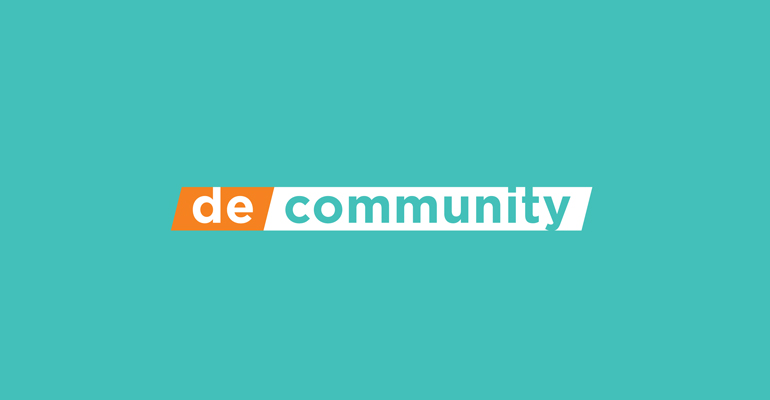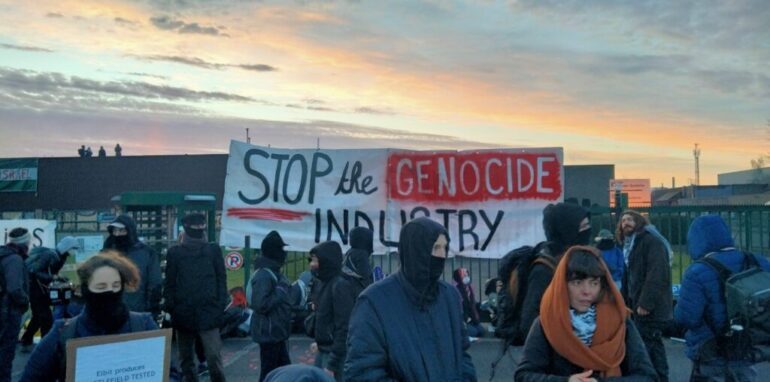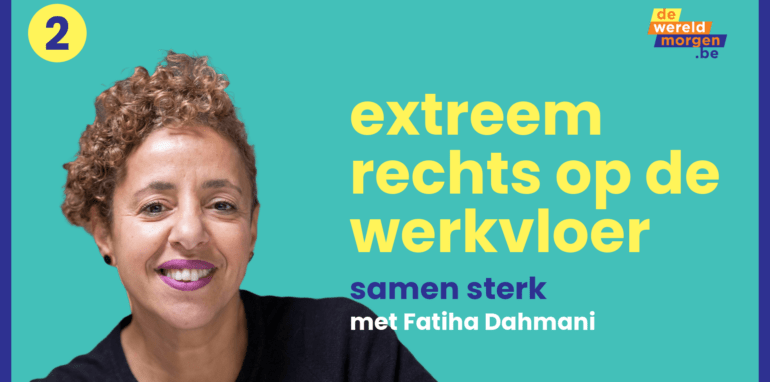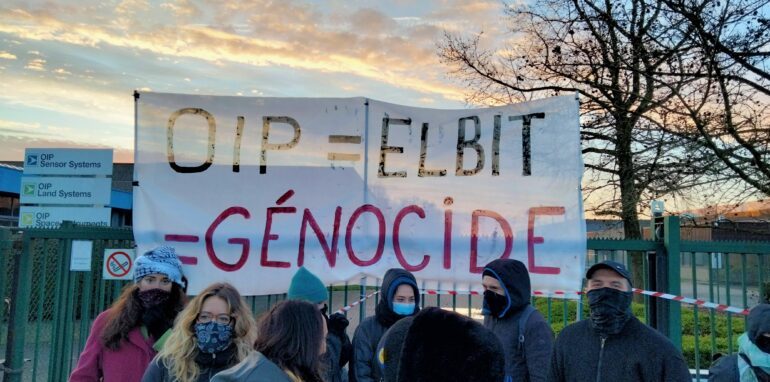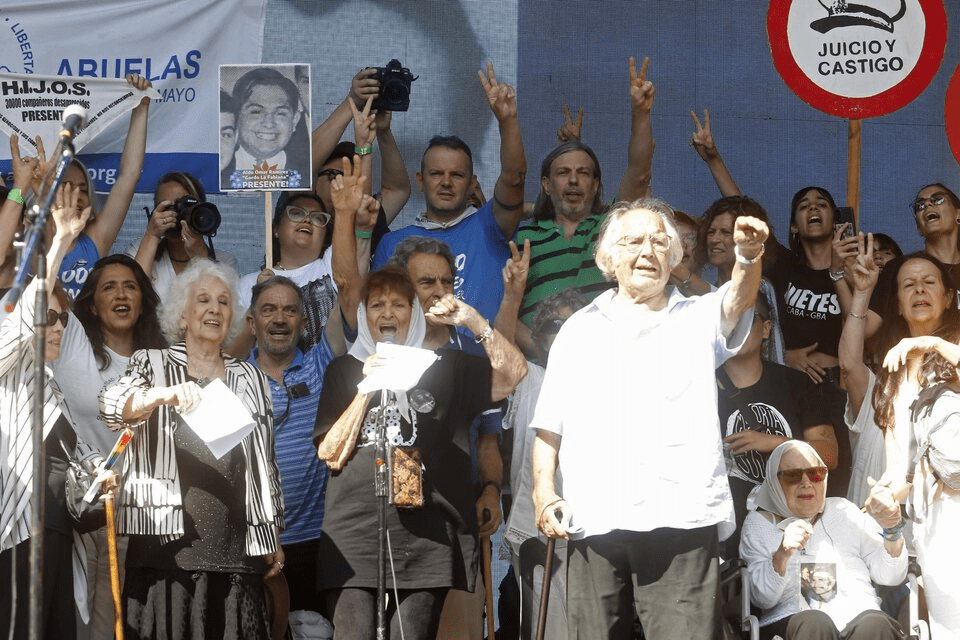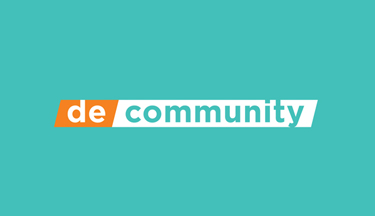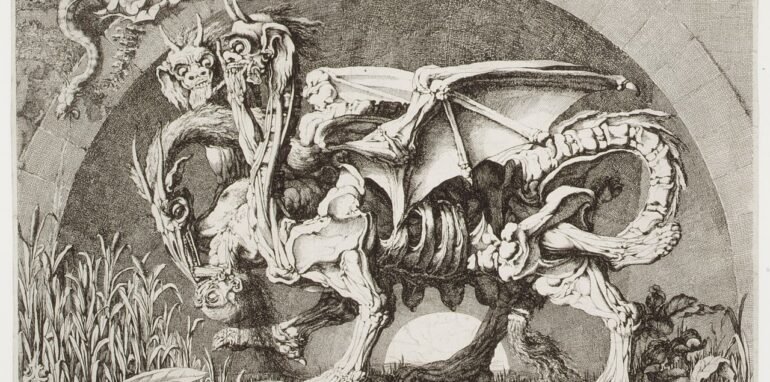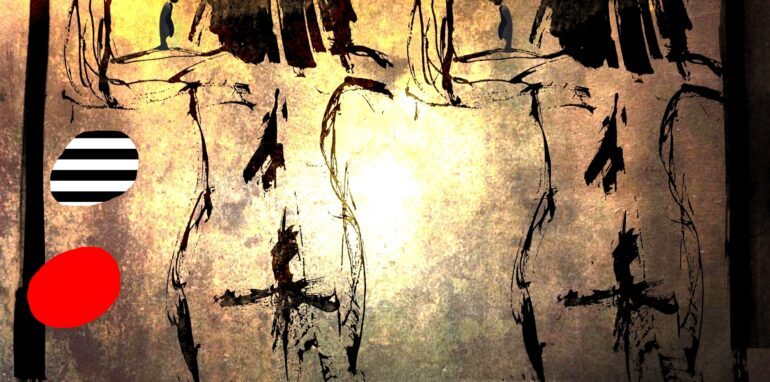Two Special Rapporteurs of the UN Human Rights Council, Karima Bennoune, teaching human rights and international law at the University of California, and Ahmed Shaheed, Deputy Director of the Essex Human Rights Centre, recently commented on the French teacher Samuel Paty. Their discourse was published by the UN and shows serious flaws. (1)
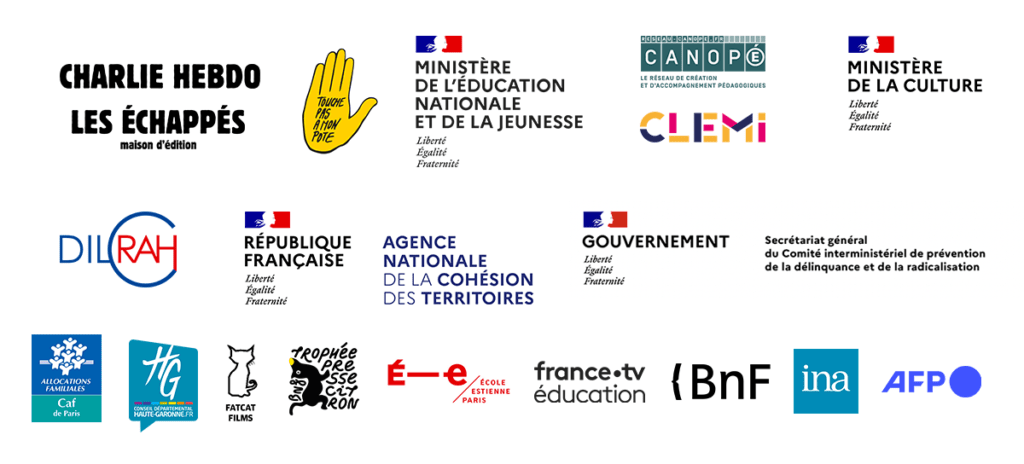
Symbiosis of French government institutions with Charlie Hebdo’s sidecar DCL
https://dessinezcreezliberte.com/association-dcl/
Special Rapporteurs, the UN article explains, are part of “the Council’s independent fact-finding and monitoring mechanisms that address either specific country situations or thematic issues in all parts of the world. Special Procedures’ experts work on a voluntary basis; they are not UN staff and do not receive a salary for their work. They are independent from any government or organization and serve in their individual capacity.”
It is amazing to see that the two rapporteurs don’t show any independence from the French government but merely repeat the ideology it is spreading about the case. President Macron, not waiting until the matter had been researched and judged by a law court, gave immediately this interpretation of the killing of the French teacher: he “has been murdered because he taught and learned his pupils the liberty of expression, of believing or not believing.”
This contradicts what the concerned people themselves have declared. The activists criticising the teacher were opposing one particular thing, the showing of a caricature in the nude of Prophet Muhammad. The killer himself said his act was a revenge for Paty’s showing the Prophet “in an insulting manner”. According to the French president the killer “wanted to kill the Republic in its values”, suggesting insult is a basic value of the Republic.
Let us return to reality. The conflict around Paty arose about his showing of one particular cartoon, made by the cartoonist Coco. It shows the Prophet naked, on hands and feet, his penis dripping, with a suggestion of anal intercourse, or probably anal rape. If you object to this picture, and especially to its being shown to 13 year old pupils, then you are attacking the basic values of the French Republic? You are challenging the separation of religion and state? You must be a fundamentalist to do so!
I’m not a fundamentalist, not a muslim, even not a religious person, but I strongly object to the cartoon and even more to its use in the classroom. To explain the French law about liberty of expression there is no need to showing that obscene picture. It is like explaining something about pedophilia in a lesson and using a picture of the rape of a child by an adult. I fully understand the protest of the parent Brahim C. and his action, together with the experienced activist Sefrioui, against the obscene picture and the obviously highly problematic way of teaching of Samuel Paty.
The backdrop of the matter is not “the increasing challenges to the separation of religion and state”, but something else. An independent investigation might have shown what follows.
The Republic respects all religious convictions
All French schools display the “Charte de la laïcité”, a charter explaining the basic philosophy of the French system of separating the churches and the state. It states as a principle that the French Republic “respects all convictions”. This is a quote from the first article of the French Constitution, declaring about the Republic: “Elle respecte toutes les croyances.” The question that immediately arises is: how can showing a highly denigrating, obscene drawing of the Prophet to pupils around 13 years old be combined with the declared respect for all religions, such as Islam? It is a blatant transgression of the rules of all public schools in France and of the French Constitution itself!
This elementary truth about Samuel Paty is skipped by the French government and nearly all media. And also by the two UN special rapporteurs, who “paid tribute to his commitment to teaching human rights values and said the best way to honour him is to defy fundamentalism and defend human rights.” The French Constitution and the Charte de la laïcité are fundamental, but not fundamentalist. And showing the described cartoon is not a human right, but a mistake. A teacher in a French public school has only limited liberty of expressing himself. As a representative of the state he has to keep in mind the philosophy of the ‘laïcité’, based on respect for all religious convictions.
The right to blasphemy doesn’t exist
In French media discourse and public debate you often hear the expression “droit au blasphème”, the right of blasphemy. If it exists, it is not applicable to agents of the French state in their function, such as teachers in the classroom.
But it is bad usage to name a bad thing (offending people in their religious convictions) as a positive right, to integrate blasphemy into human rights. It is not because French law doesn’t recognize blasphemy as a punishable offense that it no longer exists or has become something positive. A secular state like France cannot punish anyone for offending God or the Gods, as it cannot confirm (nor deny) their existence. Yet it can judge about offense to social groups, such as religious communities. Thus a magazine cover satirizing the Pope has been judged in court to be offending to Roman Catholics and not allowed. What about the totally degrading cartoon about the Prophet, offending all Muslims in the world and spitting on their belief (and offending as well non-religious persons like me)? Is tolerance of such “liberty of expression” a good basis for the “vivre-ensemble”, good social relationships, cherished in French political discourse?
According to the two special rapporteurs of the UN Samuel Paty was killed “following a social media campaign that misrepresented his attempts to teach freedom of expression using cartoons.” Not true. The campaign against the teacher (that didn’t aim at physical harm, but wanted him to be sacked) is a quite normal reaction against misbehaviour of a state agent after all other means have been tried. The complaining father had explained his indignation to the head of school, without result, and had also looked for juridical advise.
The action of the parents and the action of the murderer of Paty are two separate things, the first is to be applauded, the second one to be rejected. But they should not be mixed up. (Up to now, one year after the horrendous event, there is no proof that the activists had murderous intentions.)
La République Charlie
The two rapporteurs obviously share the government’s point of view that there are no limits to the freedom of expression when offending islam and its believers, and its silent anti-constitutional stand that respect of all religious convictions doesn’t count any more.
Actually there is a most dangerous symbiosis between the government and the magazine Charlie Hebdo, which recognizes no limits to free expression. Charlie Hebdo co-founded with SOS Racisme an educational organization, DCL, strongly subsidized by the state, that produces learning materials for schools, and in those the obscene cartoon that Samuel Paty found nice to show his pupils is presented as totally normal. The website of the organisation shows it is supported by the French government and various governmental institutions. A look at the material offered to French teachers to use on a commemorative day one month after Paty’s death offers a completely uncritical view of the obscene cartoon, again published as a normal use of artistic liberty, to be used in schools. (2)
Samuel Paty was not a hero of human rights, democracy and “laïcité”, but a derailed teacher who was acting against the school norms about “laïcité” and against the Constitution. There is no indication that he had bad intentions. He was uncritical (no, there is no proof that he wanted to “deconstruct” the obscene cartoon, as has been suggested somewhere) and misled by the government ideology of total liberty of expression (if used against Islam). But presenting this teacher who took no care of the basic rule of “laïcité” as a splendid example of this “laïcité” is ridiculous.
All people are free to express themselves, but some are not:
muslim activists, pupils, parents of schoolchildren
The liberty of expression was totally lacking during the official commemorations of Paty in the schools: pupils who disagreed or protested against the government’s interpretation of the case were registered, punished, and some even sent to court. This contradiction was not noticed by the UN rapporteurs, who apparently only lent their ears to government sources and were eager to use their story against Islamism for their own campaign against it. Where is the independent research they are supposed to have done?
(1) https://www.ohchr.org/EN/NewsEvents/Pages/DisplayNews.aspx?NewsID=27662&LangID=E (also published in French) The research of the Special Rapporteurs, its methods and its scope are not mentioned or published.
(2) https://dessinezcreezliberte.com/fiches-decryptage/religioncaricaturedemahomet/ On the DCL and its symbiosis with the French government: see the highly relevant pages about it in the excellent book by François Héran, Lettre aux professeurs sur la liberté d’expression, Éditions La Découverte, 2021.
